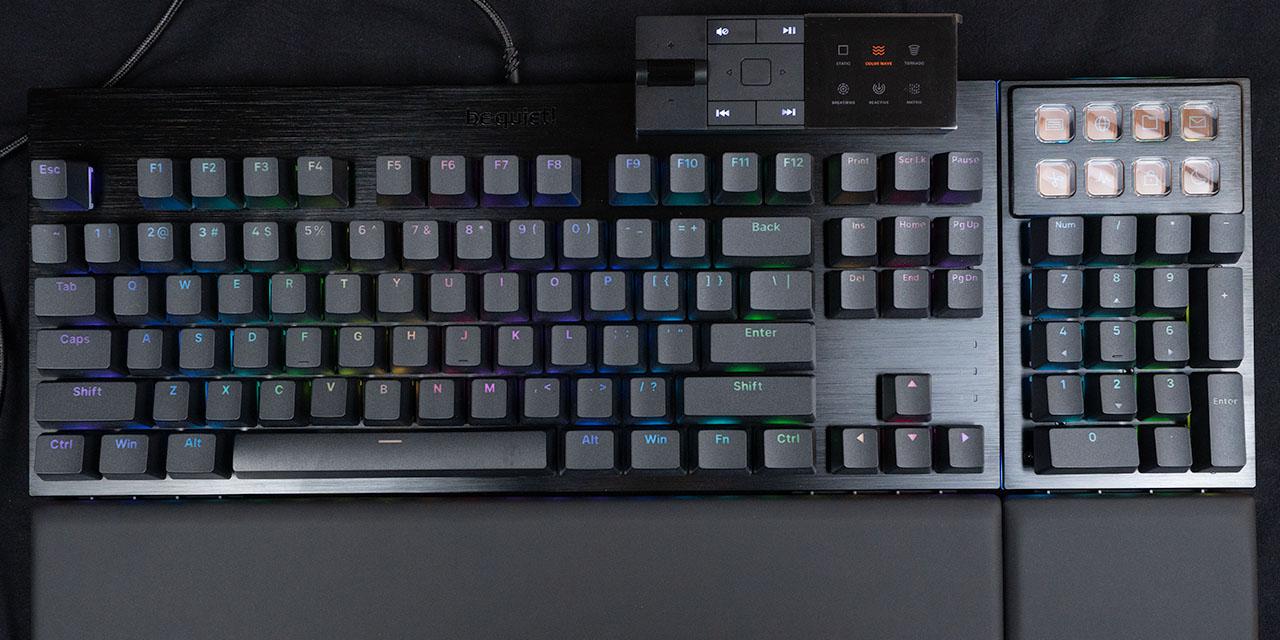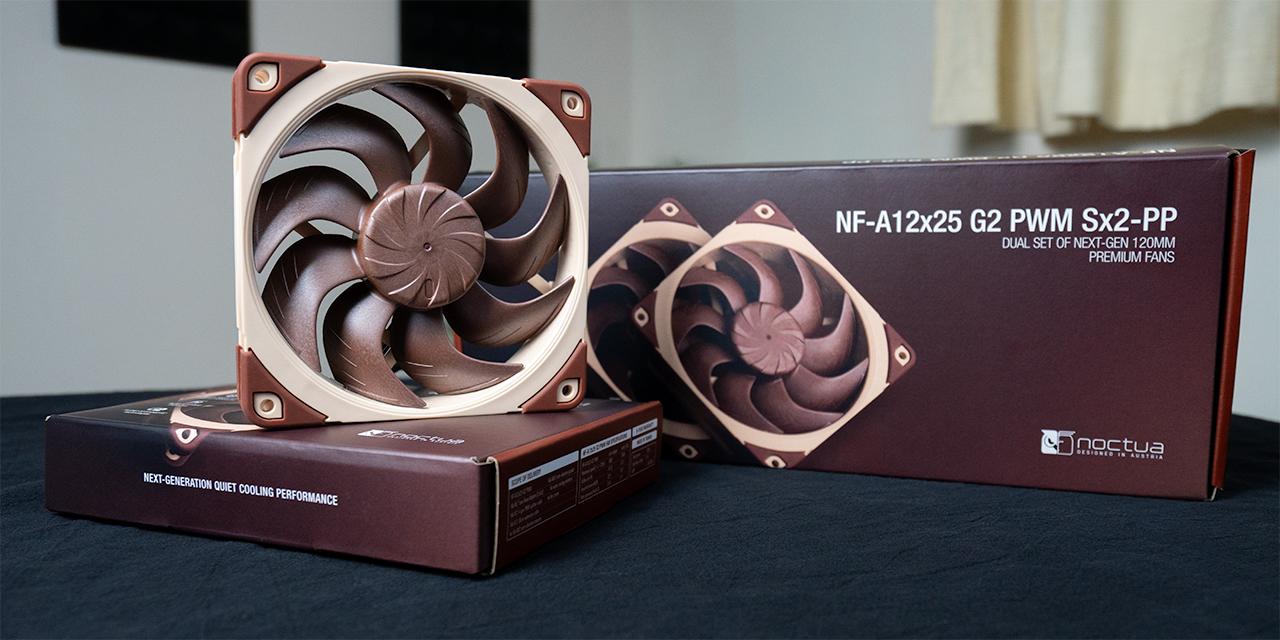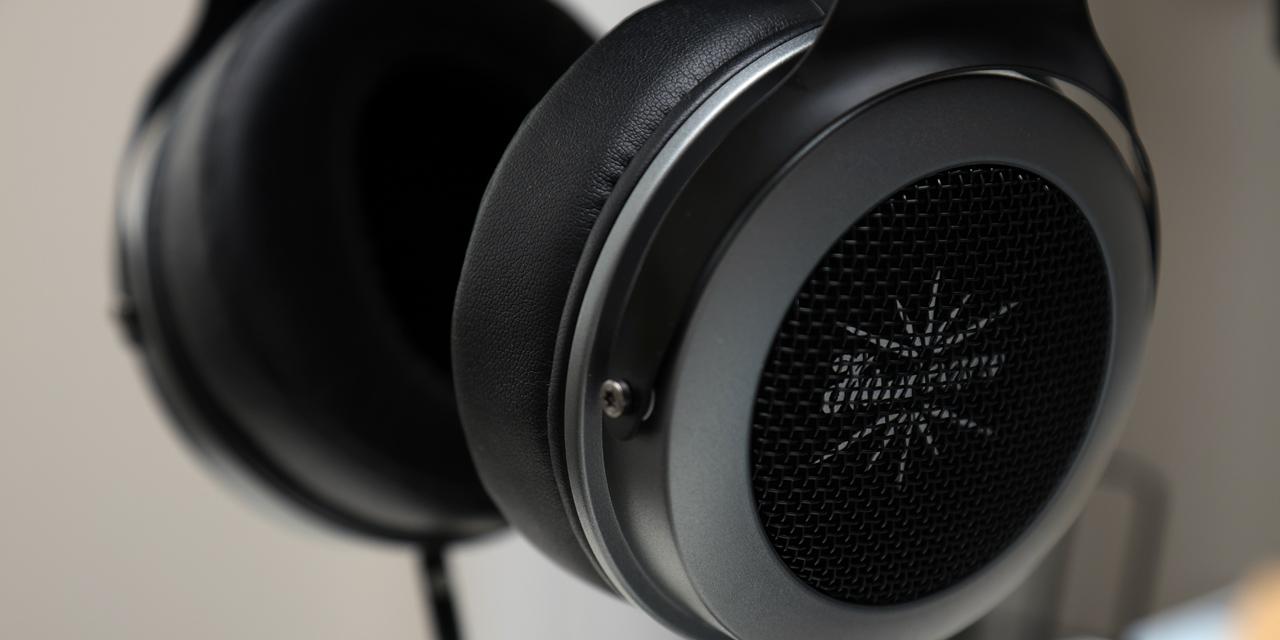Page 2 - Physical Look - Outside

Based on the image on the box alone, you know the SilverStone SETA H2 has a basic appearance. In fact, this plain look has similar characteristics as the preceding SETA H1. The entire enclosure is black except for a white SilverStone logo at the bottom. It is not exactly a rectangular prism, as there are chopped off corners at the front for a slightly more interesting front angled panel. One neat thing is the wraparound effect of ventilation holes, which cover the entire front and extend to the left and right panels near the front. Even though these areas are not physically connected, it gives off this appearance. Overall, it is clear the exterior look is not meant to be the most intriguing, and its basic finish may leave users wanting more. On the other hand, for more professional environments or a sleeper build, the SETA H2 is worth considering based on its looks.
In terms of dimensions, the SETA H2 measures 528.3mm in height, 543.2mm in depth, and 244.9mm in width. These measurements might be large, but they are expected for a full-tower chassis. We will explore the internal reasons for this when we get inside the case. Surprisingly, this enclosure tips the scales at 15.2kg, which is close in weight to the Thermaltake CTE E600 MX, a case with two panels of solid tempered glass. Usually, cases with less glass are lighter than its glass counterpart, so I am surprised to see how heavy the SETA H2 is. Even so, everything feels quite solid with only a bit of flex on the steel panels.

All the user-facing I/O is found on the top of the SilverStone SETA H2. This is lined up in one row of ports and buttons. On the left most side is a rectangular power button followed by a smaller reset rectangle button. Next, we have two LED lights that are used to indicate power and drive activity. Next, there is a pair of USB 3.1 Type-A ports, followed by a single USB 3.2 Gen 2 Type-C port. The last port is a single combination 3.5mm audio jack for both headphone out and microphone in. The other thing to note in this picture is the array of ventilation holes behind the I/O. They are all circular and are consistent in pattern with the rest of the case.

Looking at the other side, you will see a solid steel panel with the same column of ventilation near the front. This ensures air can flow in and out of the case when you mount fans or radiators there. Once again, there is no mesh filter on any of the front or top intake areas. The back panel has a standard layout. At the top, there is a large slot for the motherboard I/O with a ventilation area to mount a single 120mm or 140mm exhaust fan or radiator. Underneath, there are eight expansion slots, which are all perforated for more airflow. They are held to the rest of the case with standard screws. Finally, at the bottom, there is an opening for an ATX-sized power supply.

On the bottom, the SilverStone SETA H2 has a few things to note. At the back, there is a large area of ventilation, presumably where a PSU will intake air. It is lined with a plastic frame holding a fine mesh. This frame sits on a pair of metal guides to keep it all in place. The frame can be removed from the back of the SETA H2 for easy cleaning. In each corner is a plastic foot with some rubber padding in place to ensure the computer case does not move about. With feet, they raise the entire SETA H2 off the surface by around 20mm, allowing for sufficient room for air intake or exhaust. There are a set of four thumbscrews near the front of the SilverStone SETA H2, and we will find out shortly what they secure inside.
Page Index
1. Introduction, Packaging, Specifications
2. Physical Look - Outside
3. Physical Look - Inside
4. Installation and Conclusion





